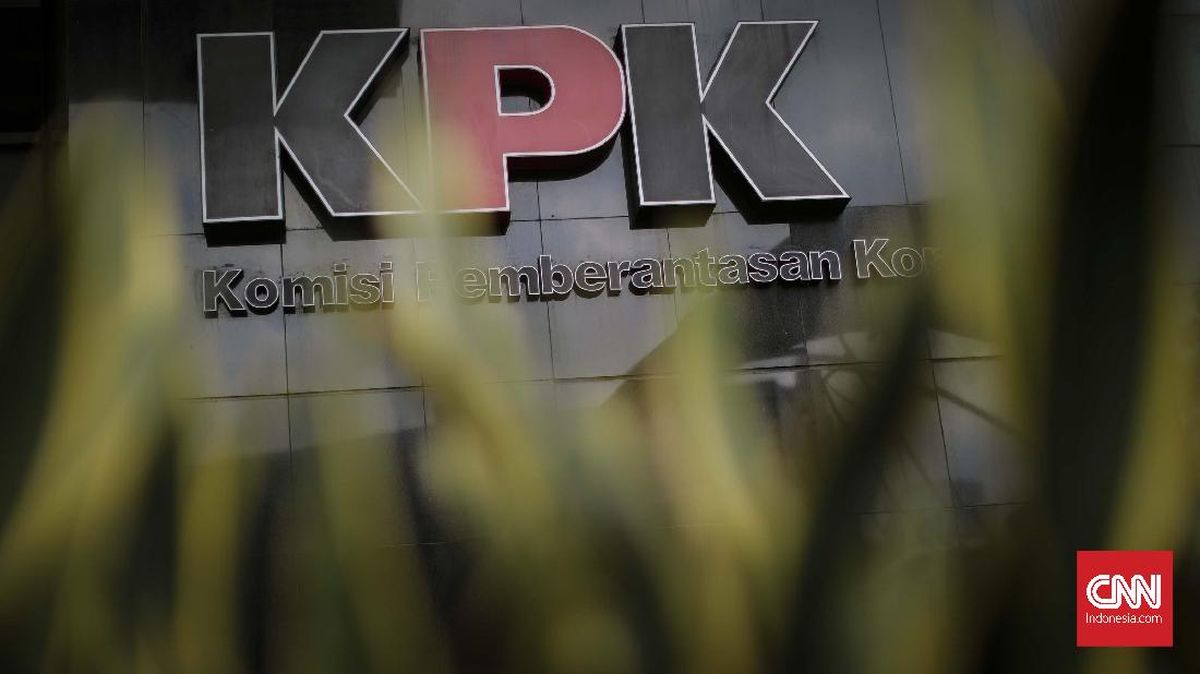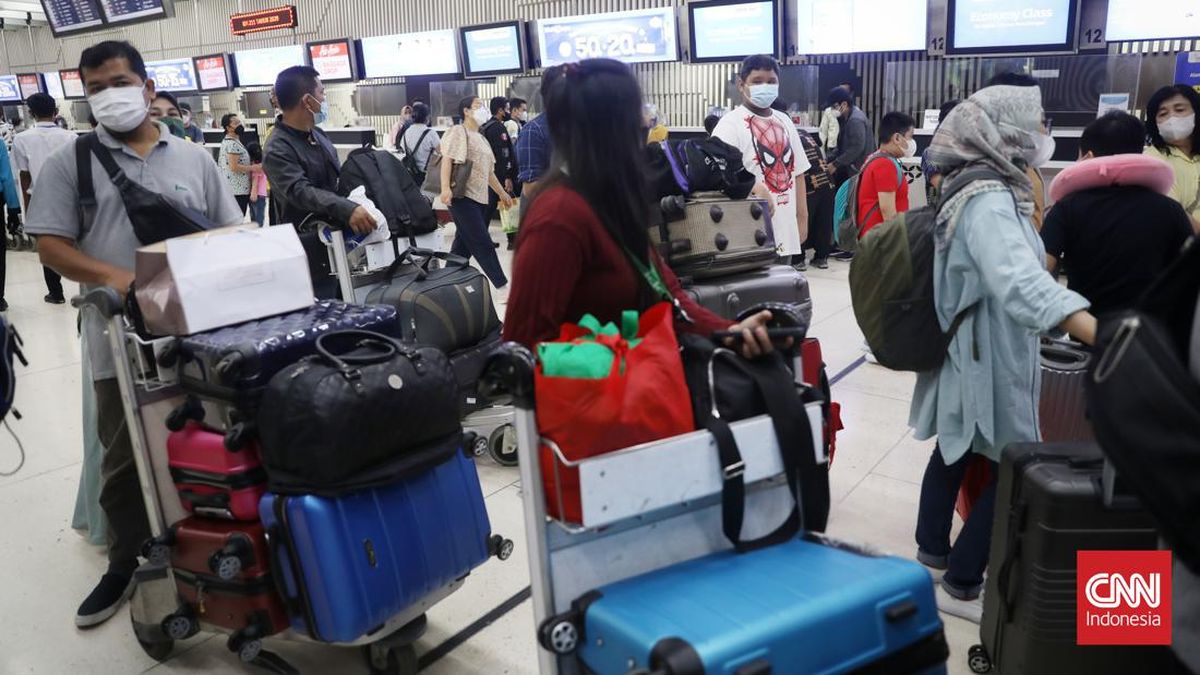What are hospitals hiding? Key financial indicators vanish from government reports
Two key performance measures have quietly disappeared from the annual reports of Victorian hospitals in what critics say is a blow for transparency.
Health services did not report how many days of cash they had available at the end of each month – or the average time it took all of them to pay trade creditors – in the flurry of documents released last week as part of the state parliamentary “dump day”. These performance measures were included in last year’s annual reports.

Austin Health reported a net deficit of -$142 million for the 2024-25 financial year, despite a positive operating result.Credit: Eddie Jim
Victoria’s public hospitals typically aim to have 14 days of available cash at the end of each calendar month for unexpected costs and to avoid the government having to top up their funding. In late 2020, the government also committed to pay supplier invoices from small businesses – such as cleaning or laundry services at smaller health services – within 10 business days for contracts below $3 million.
“Dump day” is an annual tradition in which the government publishes hundreds of public documents in just a few hours, leaving journalists little time to scrutinise them.
The reports revealed that Austin Health, as well as Goulburn Valley Health and Echuca Regional Health in the state’s north, had negative cash reserves at the end of a typical month during the 2023-24 financial year. Peninsula Health reported zero days of available cash, while that figure was 0.5 days for the Peter MacCallum Cancer Centre.
This “effective financial management” benchmark – as well as the average number of days it took for every health service to pay trade creditors – were not included in this year’s reports.

Opposition health spokeswoman Georgie Crozier says Victorians deserve greater transparency around the financial position of the state’s hospitals.Credit: Simon Schluter
Opposition health spokeswoman Georgie Crozier said Victorians deserved greater transparency around the financial position of the state’s hospitals, not less.
“It’s not only the staff, but the small businesses who provide services and products who need to know if they will be paid on time or not,” Crozier said.
Greens health spokeswoman Dr Sarah Mansfield said the change was concerning given it was widely acknowledged that health systems were under financial pressure.
“This Labor government has a serious transparency problem,” Mansfield said.
A spokesperson for the Allan government, when asked who requested the tweaks to financial reporting and whether they would be changed back, said: “Financial measurements are not set by the minister for health.”
A Department of Health spokesperson said it was normal for some financial measurements to change each year to reflect a health service’s annual accountability agreement, which is itself reviewed each year.
“A health service’s financial operating result is a core measure and will always be reported, but some supplementary measures may vary,” the spokesperson said.
Loading
The average number of days it takes Alfred Health, Austin Health, Eastern Health, Melbourne Health and Monash Health to pay invoices under $3 million are still included in the Victorian Small Business Commission’s annual report. But of Melbourne’s largest health services, only Monash paid small business invoices within 10 business days 100 per cent of the time last financial year.
Last week’s “dump day” also revealed that the health services with the largest reported deficits for the 2024-25 financial year included Austin Health (which posted a net deficit of -$142 million), Western Health (-$117 million), Eastern Health (-$55 million), Alfred Health (-$53 million) and Mercy Hospitals Victoria (-$50 million).
Of those, Austin, Alfred and Western Health managed to report positive operating results. A hospital’s operating result is the figure preferred by the Department of Health, as it measures the profitability of core business operations. Last financial year, hospitals agreed to try to break even when it came to their operating results and this year many improved their operating results by millions of dollars.
But a net result accounts for all operating and non-operating expenses, such as interest on debt or any losses incurred from the sale of assets.
Annual reports released last week also show significant deficits for government departments.
Among the biggest of these was a $469.7 million deficit from transactions for the Department of Fairness, Families and Housing.
This was largely driven by a $344.4 million deficit in Homes Victoria because of depreciation costs and higher than expected insurance expenses across the department.
VicTrack recorded a deficit of $1.258 billion. However, this reflects the fact it owns the state’s public transport infrastructure and must account for it, but does not bring in significant revenue such as from myki fares.
Shadow treasurer Jess Wilson said the financial position of Victoria’s public agencies was a sea of red under Labor.
“These losses mean poorer services and higher charges and are a direct result of the Allan Labor government’s gross mismanagement across all areas of service delivery,” Wilson said.

VicTrack, which owns the state’s public transport infrastructure, recorded a deficit of $1.258 billion.Credit: Paul Rovere
A spokesperson for the government insisted the Victorian economy was strong and pointed out the operating deficit for 2024-25 was an $816 million improvement compared to forecasts.
“We are focused on the things that matter most to Victorians – helping with the cost of living and supporting families, jobs, and businesses while we open up major projects like the Metro Tunnel and West Gate Tunnel,” the spokesperson said.
In 2023, The Age reported that than 50 state government agencies and services ran deficits in 2022-23, detailing combined operating losses above $1 billion.
Start the day with a summary of the day’s most important and interesting stories, analysis and insights. Sign up for our Morning Edition newsletter.
Most Viewed in National
Loading


















































